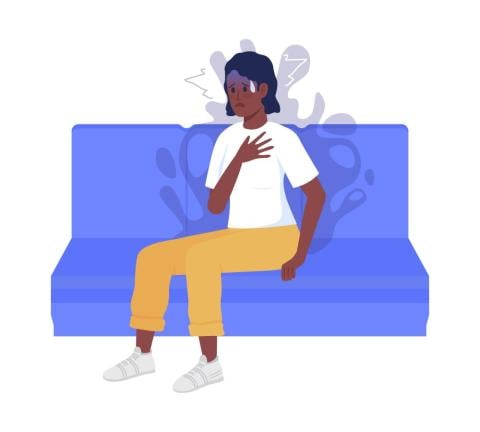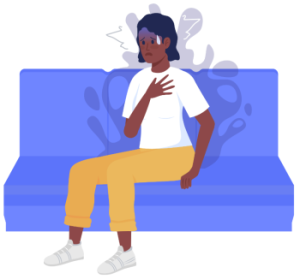The vast majority of people with an anxiety disorder can be helped with professional care. Success of treatment varies among people. Some may respond to treatment after a few months, while others may need more than a year. Treatment may be complicated if people have more than one anxiety disorder or suffer from depression or substance abuse. This is why treatment must be tailored to the individual.
Although treatment is individualized, several standard approaches, particularly cognitive-behavioral therapy, have proved effective. Therapists will use one or a combination of these therapies. Learn more about treatment.
Cognitive-Behavioral Therapy
In general, cognitive-behavioral therapy (CBT) can work for those with specific phobia. Weekly treatment with homework assignments usually succeeds in 12 to16 sessions. First the therapist helps the patient understand incorrect assumptions and then gradually exposes him or her to the phobia source.
What a therapist usually does in the first couple of sessions is help people identify mistaken beliefs. People with phobias catastrophize; they immediately jump to the worst-case scenario, and they overestimate the probability that it will happen. Therapists help them realize they are making those mistakes, and they talk about realistic risks. People are unlikely to be hit by lightening, for example, and their house will probably not catch fire, for example.
Secondly comes exposure, or confronting the feared situation, such as going with a therapist and getting closer to dogs. Another example is a thunderstorm, which would not mean holding up a metal bat in a storm. The therapist and patient would go into a house and stand near a window, learning to take acceptable risks that are relatively safe.
















